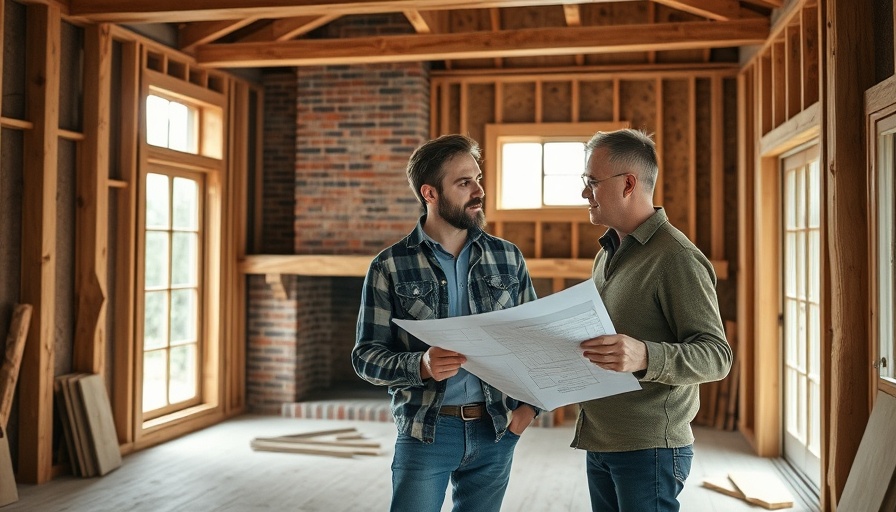
Transforming Midsize Kitchens: Clever Designs and Practical Ideas
Kitchens ranging from 150 to 250 square feet are becoming increasingly popular among homeowners looking for the perfect blend of space and functionality. These kitchens are not too large, which can lead to wasted space, yet spacious enough to accommodate cooking and entertaining. Through a series of before-and-after renovations, we see how design experts transformed ordinary kitchens into vibrant, functional spaces that are both beautiful and efficient. Here’s a look at four stunning kitchen makeovers that illustrate how clever layouts and smart storage solutions can revolutionize your culinary environment.
Revamping Layouts for Enhanced Functionality
In many cases, the layout is what makes or breaks a kitchen. A classic example comes from a family of five in Wakefield, Massachusetts, who once faced a cramped U-shaped kitchen. The original design featured dark cabinetry and awkwardly placed appliances, such as a large refrigerator that jutted into the cramped space. Working with designer Amanda Colosi Johnson, the homeowners opted for a transformed layout that focused on accessibility.
The new design introduced frameless cabinets painted an earthy green, which not only brightened the space but also created a more open feel. Moving away from the cumbersome peninsula, the space became more integrated with adjacent areas, reinforcing how careful planning and creativity can render fantastic results. This thoughtful approach to kitchen renovation is vital in maximizing the utility of midsize spaces.
Innovative Storage Solutions: Unlocking Potential
One of the common challenges in any kitchen renovation is the integration of adequate storage. The post-renovation kitchens featured solutions such as open shelving, pull-out cabinets, and organized drawers that enhanced accessibility without cluttering the environment. For instance, the use of repurposed wood stools along with shelves created not just sitting but also storage areas, demonstrating a multifunctional approach to space usage.
Utilizing vertical space can make a substantial difference in a kitchen’s functionality. Consider incorporating tall cabinets or shelving units that extend to the ceiling—this takes advantage of often-ignored areas and provides room for additional storage, while also elevating the aesthetic appeal.
The Value of Color and Lighting in Kitchen Design
Colors have the power to change the mood of a room significantly. Many kitchens from the case studies employed warm, inviting colors, such as muted greens and whites, which evoke feelings of comfort and coziness. Lighting also plays a crucial role; bright task lighting over work areas complemented by softer ambient lighting can create an inviting environment perfect for both cooking and entertainment.
Adequate lighting can also enhance the perception of space. By maximizing natural light with proper window placement or using lighter shades for cabinetry and surfaces, a small kitchen can feel much larger and more open. Pairing this with well-placed mirrors can create an illusion of depth, enhancing the overall atmosphere.
Future Trends in Kitchen Design: What to Expect
Looking ahead, the trend towards kitchens that reflect personal style and practicality is likely to continue. Homeowners are increasingly seeking layouts that accommodate their lifestyle needs. As remote work becomes more prevalent, kitchens that double as functional workspaces are on the rise. Additionally, sustainability is becoming a critical factor, pushing the use of eco-friendly materials and energy-efficient appliances.
With the growing popularity of smart home technology, integrating automation in kitchens for lighting, temperature, and appliances will likely be a common feature in future renovations. Smart technology not only reduces energy costs but adds convenience, making kitchen duties more manageable.
Conclusion: Transform Your Kitchen, Transform Your Life
Whether you are in California or elsewhere, the principles of these kitchen transformations can be adapted to fit various home styles and budgets. By focusing on layout, storage, aesthetics, and forward-thinking trends, anyone can remodel their kitchen into a thriving hub of the home. Such changes not only add value to your space but also enhance daily living by creating an organized and aesthetically pleasing environment. Ready to begin your kitchen transformation? Start today, and experience the difference in your cooking and entertaining potential!
 Add Row
Add Row  Add
Add 




Write A Comment